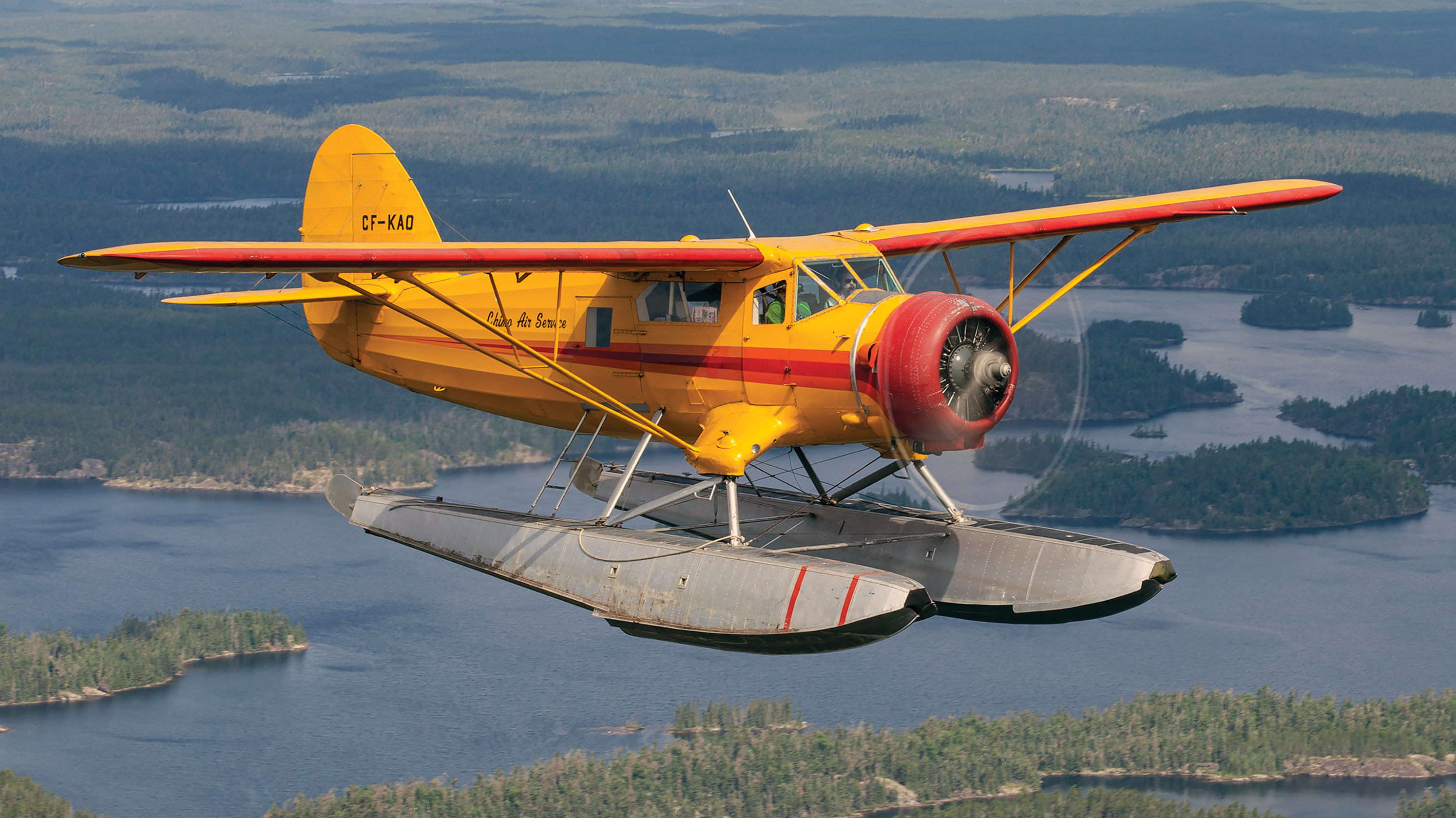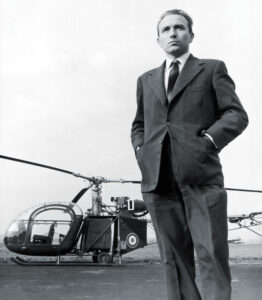“Take off to the Great White North” ran the memorable slogan of Bob and Doug, Canada’s comedic “McKenzie Brothers.” If ever an airplane was created to do just that, it was the Noorduyn Norseman. Designed and built in Canada for Canada, the Norseman was a simple and dependable airplane specifically intended to go places others couldn’t go and under conditions that would leave others grounded. The Norseman began doing that in 1935 and, to this day, a few are still doing it.
The Norseman’s creator, Robert Bernard Cornelius Noorduyn, was born in the Netherlands in 1893 to a Dutch father and British mother. Noorduyn was multilingual and the handicap of losing a leg as a child did not hinder his considerable peregrinations. He studied aeronautics in Germany in 1912 before moving to Britain in 1913. There he began his career during World War I, first working for Sopwith and then for British Aerial Transport under fellow Dutch aircraft designer Frederick “Frits” Koolhoven.
When B.A.T. folded after the war, Noorduyn moved back home to work for another Dutch aircraft designer, the legendary Anthony Fokker. In 1920 Fokker dispatched Noorduyn to the United States to run his new American subsidiary, the Atlantic Aircraft Corporation, in Teterboro, N.J. “Fokker kept a low profile in the U.S. because he’d been on the wrong side during the war,” Noorduyn later explained. “I’d been working for the Allies and he’d been working for the enemy. I was acceptable and he wasn’t.”
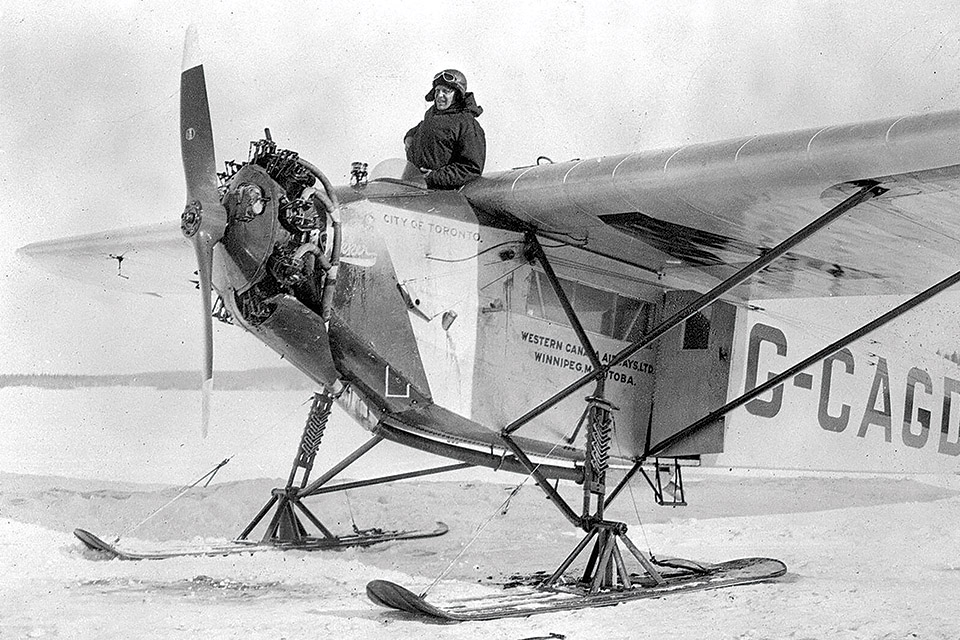
While Fokker was visiting the U.S. in 1925, Noorduyn helped draw up plans for a single-engine, high-wing cabin monoplane transport, the Atlantic Aircraft Model 4. By 1926 Noorduyn had sold seven Fokker Universals (as they were known) in Canada to serve as bush planes, where, he noted, they “exceeded their operators’ expectations.” In 1929 he went to work for Bellanca, with whom he designed two more high-wing, single-engine cabin monoplanes, the Skyrocket and the Pacemaker. Those aircraft also gained favor among Canadian bush pilots. Noorduyn changed jobs again in 1932, this time to work on Harold F. Pitcairn’s new design for an autogiro.
In 1934 Noorduyn moved to Montreal to establish his own aircraft manufacturing company. Having already created several airplanes popular with bush fliers, he chose to cater to that demanding fraternity rather than try competing against the larger aircraft manufacturers for airline contracts. To that end Noorduyn made a point of inviting bush pilots to discuss their special requirements, as well as to examine his aircraft designs and mock-ups and suggest any improvements that should be made.
Noorduyn understood that bush flying was different from airline flying. While both required expert aviators, bush pilots had to be able to operate in remote areas for long periods under extreme weather conditions. In addition, the bush flier had to be part taxi driver, part truck driver, part ambulance driver, part porter, part navigator, part mechanic, part meteorologist and part wilderness survivalist. Bush planes had to be simple enough for pilots to maintain in the field with whatever equipment they had on hand, without access to airport facilities. The aircraft had to operate with equal facility on wheels, floats or skis to enable them to fly from rough airstrips, lakes and rivers or arctic snow and ice. They also needed to accommodate both passengers and all manner of cargo, with doors large enough to admit bulky items such as oil drums. A high-wing configuration was preferred to keep the wing clear of obstructions on the ground or alongside docks and to facilitate cargo handling. A bush plane also had to be affordable and efficient enough to make a profit.
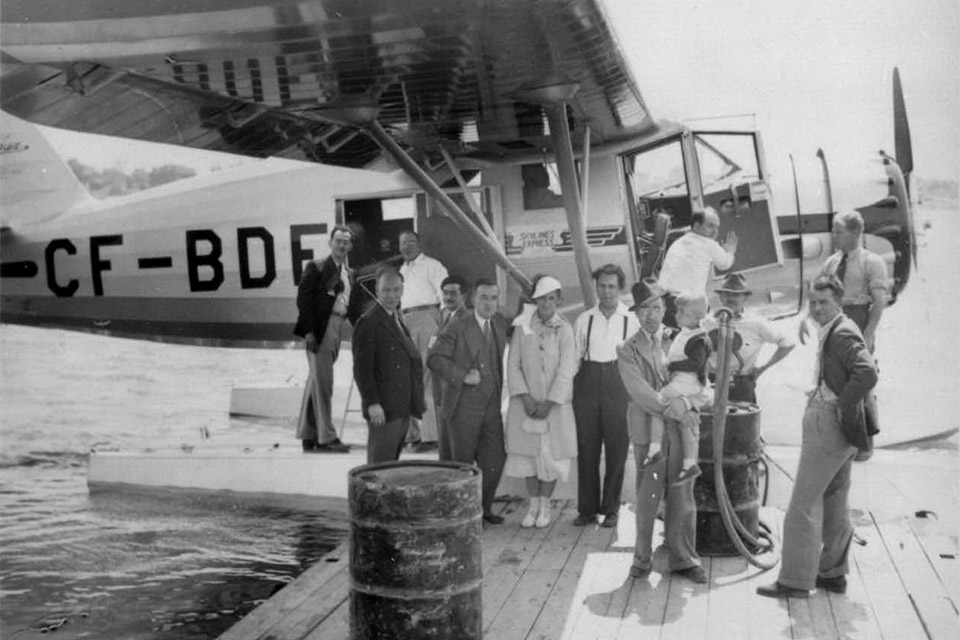
Unlike commercial airliners, bush planes did not have to be particularly large or luxurious. In fact, single-engine aircraft were preferred because most multiengine types were too big, complex and expensive. A high cruising speed was not a priority; as one bush pilot put it, “You only have to be faster than a dog sled.” However, bush planes did require plenty of power in order to fly in and out of the small fields at the remote locations they serviced.
The prototype Norseman first flew on November 14, 1935, taking off on floats from the St. Lawrence River and immediately demonstrating good handling characteristics both on the water and in the air. Since the Curtiss-Wright Corporation provided much of Noorduyn’s financial backing, the prototype and first few Norsemen produced were powered by 420-hp Wright R-975 Whirlwind radial engines. That engine proved insufficiently powerful, however, and was soon replaced with a 550-hp Pratt & Whitney R-1340 Wasp, subsequent versions of which were increased to 600 hp. Although that upgrade increased the aircraft’s weight, thereby reducing cargo capacity by a small margin, bush pilots regarded that as an acceptable tradeoff against the improved takeoff and climb performance.
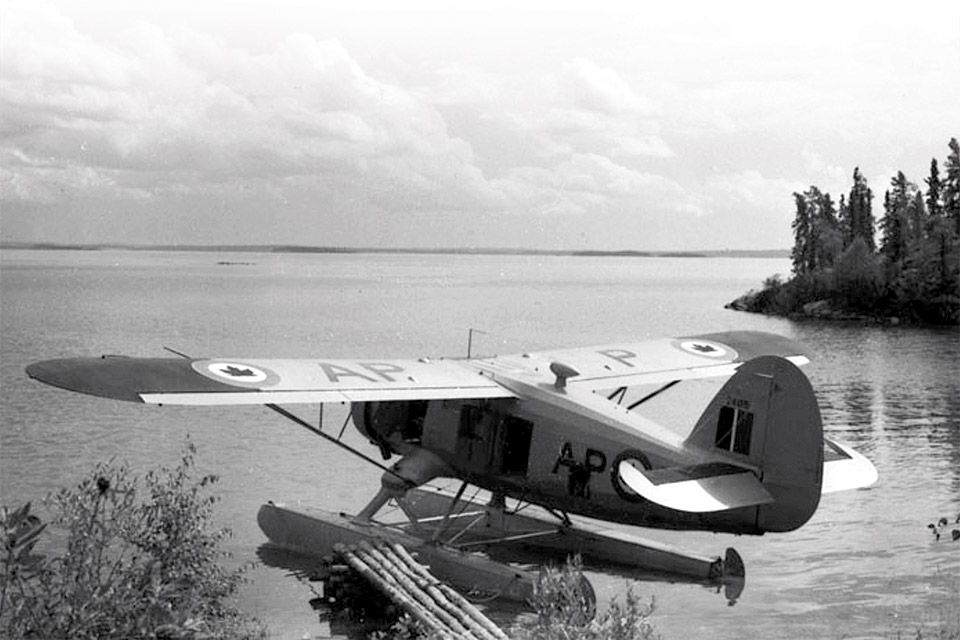
The fuselage was made of welded steel tube, faired with wooden stringers and covered with fabric. The fabric-covered wings were constructed of wood with metal-framed control surfaces. They also featured movable flaps to reduce takeoff and landing speeds, a first on a Canadian-built airplane. The Norseman’s 170-cubic-foot cabin could accommodate up to 10 people. A large fuselage door provided ready access for either cargo or passengers and the comfortable cockpit had an additional door on each side. The empennage was sufficiently large to not require additional tail surfaces when the plane was fitted with floats.
Noorduyn sold only 17 Norsemen prior to World War II. Given the generally slow sales of new aircraft due to the Depression, that quantity was considered a success. Nevertheless, the onset of WWII greatly increased the demand for all aircraft, including an order for 94 Norseman from the Royal Canadian Air Force. Originally intended as trainers for navigators and radio operators, they subsequently proved invaluable for rescue and transport work.
The Norseman’s greatest single customer, however, was the United States. When the Army Air Corps was called upon to expedite deliveries of aircraft and war materiel to Britain via Greenland, General Henry H. “Hap” Arnold turned for advice to veteran Norwegian arctic pilot Bernt Balchen. The recently commissioned Colonel Balchen overcame Arnold’s strong “buy American” bias by explaining that the U.S. produced nothing comparable to the Norseman for supporting operations in rugged, remote regions such as Greenland and Alaska. As a result, the Norseman became one of the few foreign-built aircraft operated by the U.S. during the war. In fact, of the 904 Norsemen eventually produced, 749 were originally built for the Army Air Forces as C-64s and UC-64s (though the Norseman was technically too large to rate the latter “utility” designation).
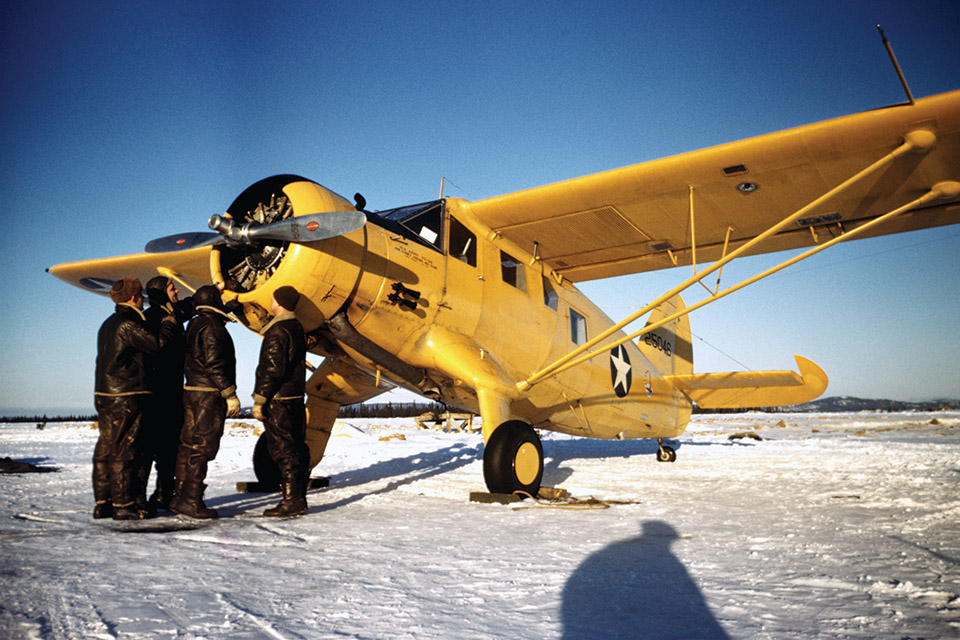
Although far from the most glamorous aircraft in the AAF inventory, the C-64 served faithfully throughout the world—and not just in polar regions. Frank Davis, a typical C-64 pilot, recalled his experiences with the aircraft: “During WWII I flew several hundred hours in Norsemen in India and Burma, a combat area where we often used very short strips carved out of the jungle. Of the thousands of hours that our Norsemen flew, I can think of no incidents caused by plane failure. My personal problems came from a replacement engine from the States with four rebuilds—no longer eligible for Stateside flying, but OK for combat! It nearly cost me a few times (cutting out, but able to be restarted). We didn’t know what weight and balance was—we just stuffed them full of supplies, drums of gas, wounded soldiers, Jap prisoners, whatever, and hoped we cleared the trees. Getting over high mountains in hot weather was a problem, but with time, and sometimes a bit of flaps, we made it. The airplane certainly did its job, and I am grateful that our organization had the foresight to use them.”
The Norseman performed most of its work, as Thomas Hardy would have put it, “far from the madding crowd.” One of the few conspicuous events in its career was its unfortunate role as the aircraft in which big-band leader Glenn Miller disappeared while flying from Britain to France on December 15, 1944. What actually happened remains a mystery, but when his C-64A took off the weather was so bad that practically everything else was grounded. In 1987 a British fisherman raised the wreckage of an airplane similar to Miller’s from the bottom of the English Channel when it got caught in his nets, but he returned it to the sea. The International Group for Historic Aircraft Recovery (TIGHAR), famous for its longstanding search for Amelia Earhart’s airplane, has expressed interest in finding and recovering the wreck.
The only other blot on the Norseman’s escutcheon involved the death of 31-victory Canadian fighter ace George F. Beurling. After surviving WWII Beurling volunteered to fly for the new Israeli Air Force. On May 20, 1948, he was test-flying a Norseman prior to a delivery flight from Rome to Israel when it was destroyed by a midair fire and explosion. Again, the cause of the accident remains a mystery, although there have been strong suspicions that it was sabotage. Beurling was buried in Israel with full military honors.
Beurling’s Norseman was one of 17 purchased clandestinely in Canada for the newly established state of Israel. The others were soon committed to combat. On May 10, 1948, days after arriving in the country, one of the Norseman was shot down, or crashed, while carrying out a bombing mission (a role for which it had never been intended) during the fighting to circumvent the Arab blockade of Jerusalem. The aircraft’s engine was subsequently placed on the Israeli Air Force Memorial erected at Har-Tayyasim, where it had been found.
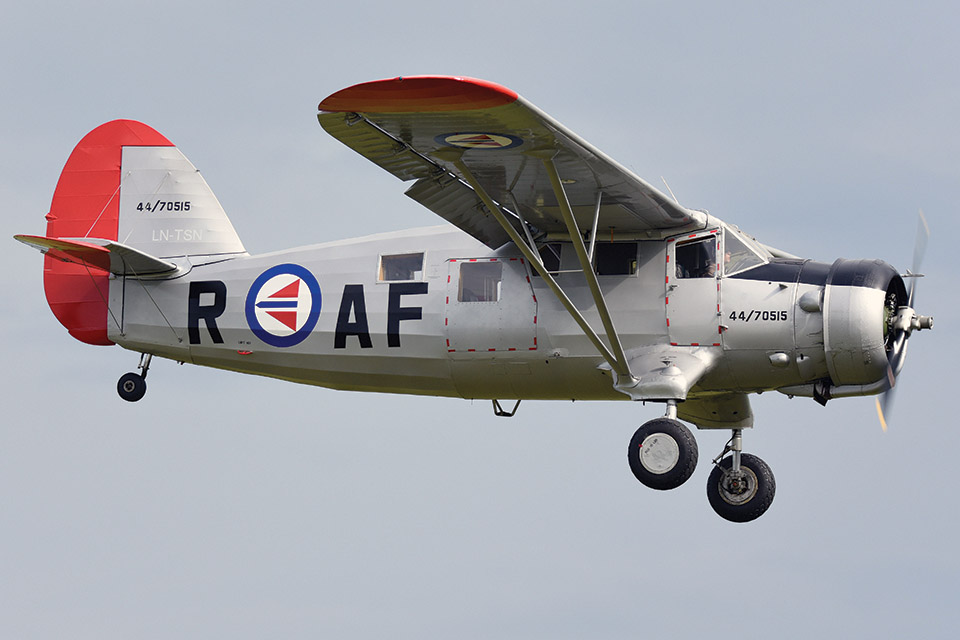
While most WWII aircraft were scrapped soon after hostilities ended, the Norseman’s career was only just beginning. Hundreds of C-64s and UC-64s came onto the surplus market, and as the Canadian wilderness experienced a postwar development boom, the demand for bush planes soared. Many surplus Norsemen were snapped up by Canadian operators, while others turned up everywhere a rugged utility transport was required. Appropriately, another notable user of the Norseman was Norway where, as in Canada, the airplane proved ideal for operations in the country’s far north. One Norwegian Norseman has been preserved as the only remaining flying example in Europe.
In 1946 Canadian Car and Foundry took over Noorduyn in hopes of continuing production with the Norseman Mark VII, which featured a lengthened fuselage and all-metal wings and tailplane, but only one prototype was built in 1951. Moreover, the ready supply of surplus C-64s greatly reduced the postwar demand for new-built Norsemen. The last of them was delivered in 1959, the same year Robert Noorduyn died.
The Norseman was not actually eclipsed until the 1947 advent of the all-metal de Havilland Beaver and the 1951 appearance of the similar but larger de Havilland Otter. The Otter possessed a more advanced airframe than the Norseman, but it was of a similar size and used the same engine. Nevertheless, the Norseman remained in regular use for decades thereafter, and as of 2020 no fewer than 37 were still listed on the civil register in Canada. Although it was unfortunately cancelled that year due to the covid-19 pandemic, Canada hosts an annual Norseman Festival at Red Lake, Ontario. Closer to home, a meticulously restored UC-64 is preserved at the National Museum of the U.S. Air Force in Dayton, Ohio.
Merchant Marine veteran and frequent contributor Robert Guttman writes from Tappan, N.Y. He suggests for additional reading: Aviation in Canada: The Noorduyn Norseman, Volume 1, by Larry Milberry and Hugh A. Halliday; and Great Northern Bushplanes, by Robert S. Grant.
This feature originally appeared in the November 2021 issue of Aviation History. Don’t miss an issue, subscribe today!

